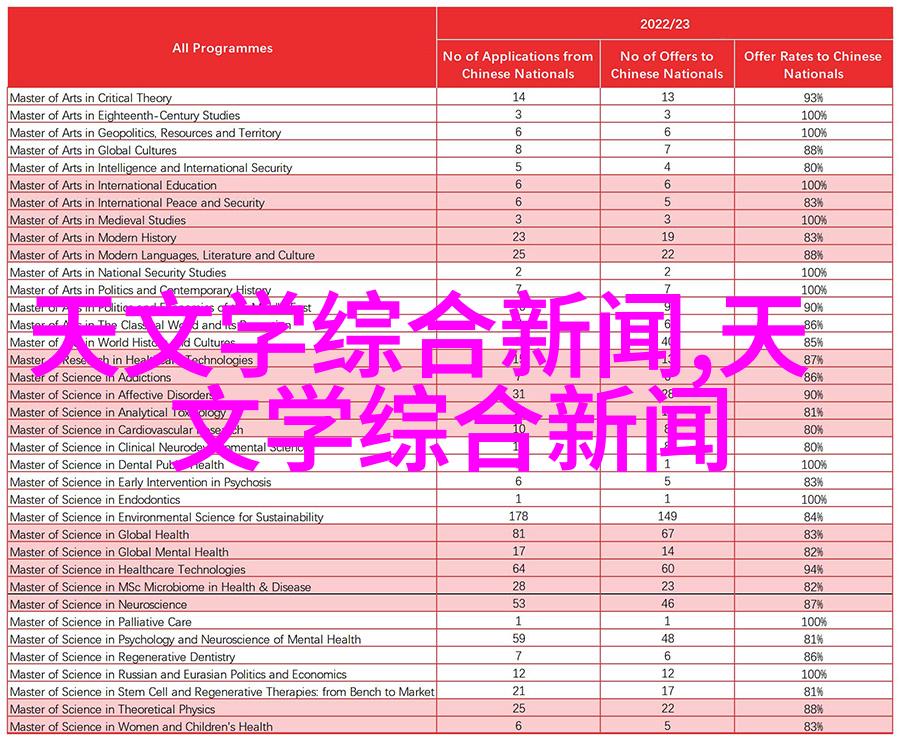一、引言

在我們日常生活中,水是最基本的需求之一。無論是在家裡開水龍頭,還是在外面購買瓶裝水,品質良好的飲用水對於保障我們的健康至關重要。然而,不同的地理環境和人為因素會導致飲用水中的pH值有很大差異,這就需要通過專業的檢測手段來確保飲用水的質量。
二、饮用水标准与pH值检测

饮用水标准是指国家或者地方政府为了保证人民群众饮用的安全性和卫生性而制定的有关饮用水质量的一系列要求。这包括了多个方面,比如淨化程度、细菌数量、化学成分等。但在这里,我们主要关注的是pH值这一指标。
三、什么是pH值?

pH(potential of hydrogen)是一种测量溶液酸碱度的方法,它表示溶液中氢离子浓度相对于纯净物(通常以1mol/L作为参考)的10对数。如果一个溶液中的氢离子浓度高于这个参考浓度,则该溶液为酸;低于则为碱;如果接近,则为中性。在自然界中,大部分河流湖泊和地下盐矿其PH值通常处于弱碱性的范围,从7到9之间,但极端情况下可能会出现偏離這個範圍的情况。
四、为什么需要控制饮用的PH水平?

人體內部環境維持一個微妙平衡狀態,其中血漿鹽分濃度與PH含量也屬於此類。在正常情況下,血漿PH應保持在非常狹窄的範圍內,即7.35至7.45之間。如果這種平衡被破壞,可以導致許多嚴重疾病,如心臟病、中風、高血壓等。因此,在設計供應給民眾使用的人造飲料系統時,要確保輸送過程中的溫度穩定,並且避免進入不利環境影響其PH值,以防變得對人體危害。
五、如何进行drink water quality detection?

drink water quality detection is a complex process that involves multiple steps and techniques, including physical, chemical, and biological tests. In the case of pH value detection, there are several methods available:
Electrometric method: This is the most common method used for pH measurement in laboratories and field applications. It involves using an electrode to measure the potential difference between two electrodes immersed in the sample.
Colorimetric method: This method uses color changes in a solution to indicate the pH level. The solution contains indicators that change color at specific pH values.
Potentiometric method: Similar to electrometric method but uses a potentiometer instead of an electrode.
All these methods have their own advantages and disadvantages depending on factors such as accuracy required, cost-effectiveness, ease of use etc.
六、结论
In conclusion, maintaining proper levels of pH in drinking water is crucial for human health due to its impact on overall body function and balance. Therefore it's necessary to monitor and control PH levels throughout all stages from source (spring or well) through treatment processes (coagulation sedimentation filtration disinfection) until it reaches our tap or bottled form. Regular testing with appropriate methods will ensure compliance with established standards like Chinese National Standard GB/T 5740-2006 which sets limits for different types of contaminants including acidity/alkalinity parameters.
Regularly checking your drinking water's quality can help you avoid any potential harm caused by unbalanced PH levels thus ensuring better health outcomes for individuals especially those who consume large quantities daily like athletes or people working outdoors under harsh conditions where they lose more fluids than usual.
By understanding how important it is to maintain optimal PH levels within your drinking water supply we can make informed decisions about what kind of treatments we need implement at home or work place if needed based off our individual circumstances rather than just relying solely on government regulations alone without taking proactive measures ourselves either way whether that be through installing filters systems at home office space building facilities etcetera .



